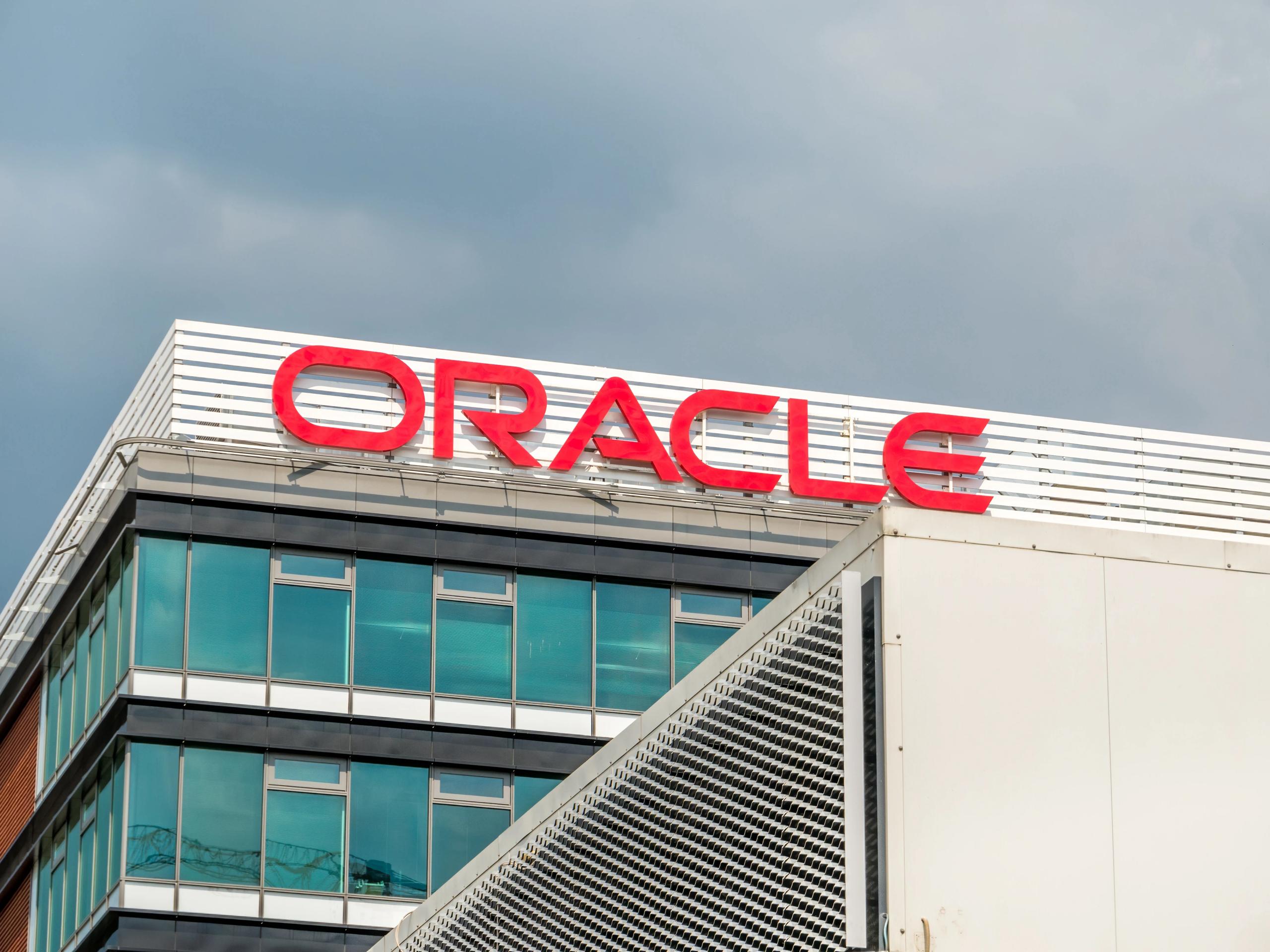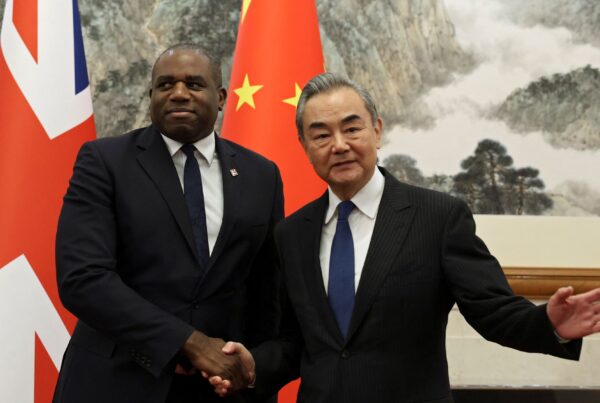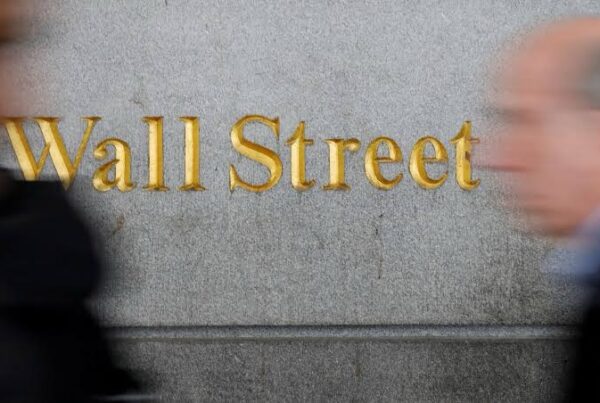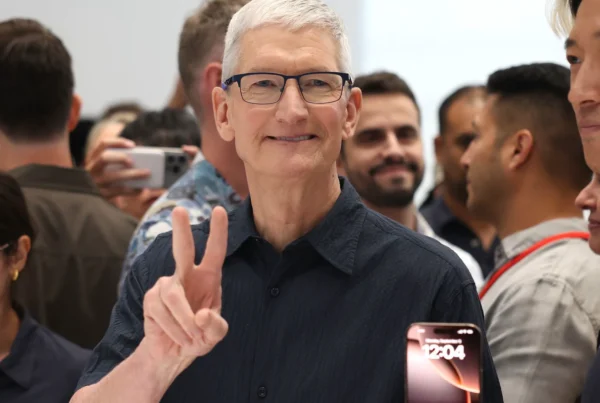Oracle has once again made history on Wall Street after announcing a $300 billion cloud computing deal with OpenAI. The massive agreement pushed Oracle’s stock price up by 43 percent in a single session, adding more than $200 billion to its market capitalization. Investors see the deal as a milestone that signals a new era in the cloud race for artificial intelligence.
The stock rally on September 10, 2025, marked Oracle’s biggest one-day gain since 1992. Trading volume hit record highs as enthusiasm swept across Wall Street. The Wall Street Journal reported that the contract with OpenAI will span about five years and require more than 4.5 gigawatts of power. Reuters added that, alongside this mega deal, Oracle secured three other multibillion-dollar contracts, strengthening its revenue backlog significantly.
Backlog Surge and Signals of AI Demand
Oracle revealed that its remaining performance obligations (RPO) reached $455 billion in the first fiscal quarter of 2026, up 359 percent year over year. CEO Safra Catz described the figure as a historic milestone, underscoring the soaring demand for AI workloads in the cloud. With backlog nearing half a trillion dollars, Oracle now has multi-year revenue visibility that boosted market confidence.
The surge in backlog also reflects a heavy reliance on jumbo contracts. While this secures long-term revenue, it increases exposure to potential execution delays if any large customer postpones implementation. Even so, analysts believe the growth prospects remain immense, as AI infrastructure continues to expand across industries.
AI Bubble Debate and Market Risks
Oracle’s rally triggered a fierce debate in financial circles. Some analysts warned that the speed and scale of the stock jump resemble the early stages of a tech bubble. Reuters noted that Oracle is now valued at over 33 times its projected earnings, higher than Amazon at 32x and Microsoft at 31x. Breakingviews columnists argued that Oracle’s quarterly performance was ordinary, but a “wild” future narrative powered by AI orders has sent the valuation soaring.
Risks also emerge from OpenAI’s financial position. The Wall Street Journal reported that OpenAI may not turn profitable until 2029, even though its computing expenses already far exceed revenue. This raises doubts over whether the $300 billion deal can be fully realized without adjustments. Supply chain challenges, including energy demands and GPU availability, add another layer of uncertainty to execution.
Investor Optimism and Global Implications
Despite concerns, optimism dominates the market. Oracle’s ability to secure a record-breaking deal with one of the world’s most prominent AI players is seen as powerful validation. The $455 billion backlog highlights an unprecedented wave of demand for infrastructure that is unlikely to slow down anytime soon. Mega projects like Stargate, spearheaded by OpenAI and SoftBank, further illustrate the scale of global AI investment.
For the global market, Oracle’s leap underscores how control over AI infrastructure is concentrating among a handful of tech giants. Competition between Microsoft, Amazon, Google, and Oracle is expected to intensify in the battle for cloud dominance. For businesses, this means AI computing costs will likely remain elevated for the next few years. Companies seeking to adopt AI must negotiate flexible contracts, carefully select data center regions, and prepare hybrid strategies to stay resilient against price fluctuations.
The record-breaking session also carried psychological weight for U.S. markets. Both the Nasdaq and S&P 500 closed at all-time highs, proving how a single AI-driven deal can ripple across global financial systems.




